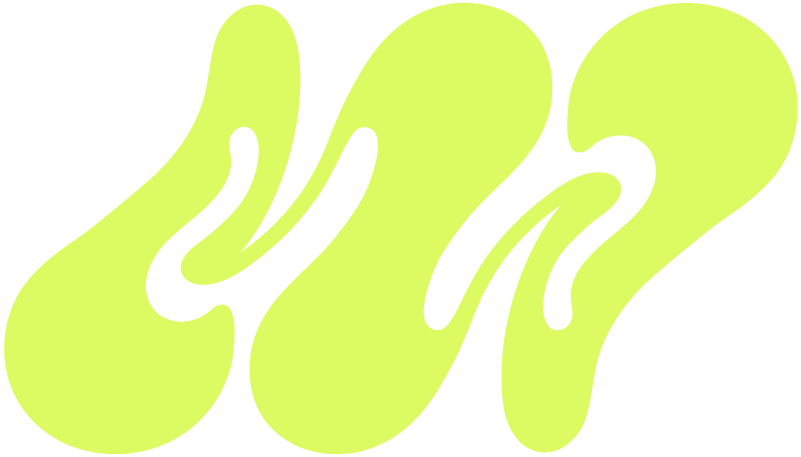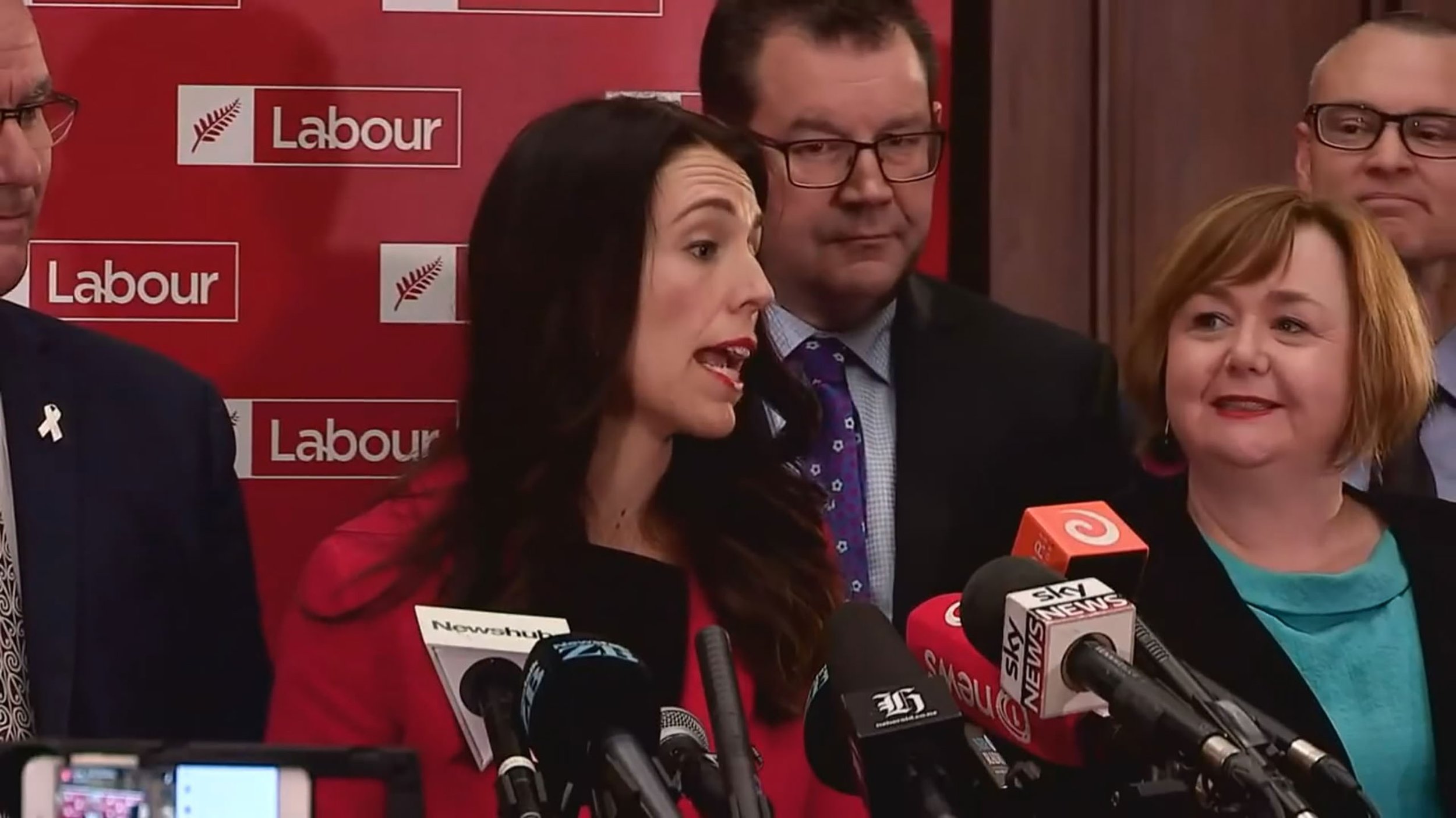“I Sometimes Felt Like the Worst Partner in the World”: DP Clarke Gayford on Prime Minister
Prime Minister, premiering in the 2025 Sundance Film Festival’s World Cinema Documentary Competition, is co-director Lindsay Utz and Michelle Walshe’s behind-the-scenes look at Jacinda Ahern’s five years as the Prime Minister of New Zealand.
Clarke Gayford, Ahern’s husband and a radio and TV broadcaster, also served as one of the film’s cinematographers. Below, he talks about the challenges of pulling double duty as both a DP and a supportive husband to a prime minister.
See all responses to our annual Sundance cinematographer interviews here.
Filmmaker: How and why did you wind up being the cinematographer of your film? What were the factors and attributes that led to your being hired for this job?
Gayford: Mine was a slightly non-conventional set of circumstances where my partner got a work promotion and I was so proud of her that I dusted off a former life behind a camera and attempted to capture what I could. Filming without an end product in mind, initially I shot with whatever I had at hand. My inner storyteller knew I had to at least try to catch some of these unusual moments in history as they unfolded in front of me.
Filmmaker: What were your artistic goals on this film, and how did you realize them? How did you want your cinematography to enhance the film’s storytelling and treatment of its characters?
Gayford: What was interesting to me and my contribution was that I did make a stylistic choice to not make the at-home and intimate work recordings look too good, to help retain an authentic feel. I’ve sometimes felt distracted watching documentaries where the beauty of the prime-lens/soft-lit/gimbal-balanced cinematography actually distracts from the simplicity of the human story. Well, that’s my excuse, and I’m sticking to it.
I also didn’t really want anyone to see what I was doing, so in the interests of being discreet, sometimes I was forced to capture moments on just a mobile phone or small handycam to not draw attention that might have created a distraction to the work that was going on.
Filmmaker: Were there any specific influences on your cinematography, whether they be other films, or visual art, or photography, or something else?
Gayford: In my other life as a TV host over many years of productions, I have had the privilege of watching firsthand the work of my country’s best DOP’s. I’ve always had a reputation for asking questions and getting to witness up close the difference between good and great in framing, angles, lens selection, to work ethic and ability to realize a director’s ambition. So, I actively tried to take the best of these real-life workplace lessons and put them into practice. On a nerdy level, I got a real thrill seeing the editors include a couple of my more artistic framing/composition endeavors in the final cut.
Filmmaker: What were the biggest challenges posed by production to those goals?
Gayford: That I had a reluctant subject that was so focused on her job I sometimes felt like the worst partner in the world picking up a camera. I was conflicted between feelings of guilt at having to relitigate what were often extremely stressful events in our lives and having a need to record something for future posterity and reflection.
Filmmaker: What camera did you shoot on? Why did you choose the camera that you did? What lenses did you use?
Gayford: I shot the film over six years, starting on a borrowed Sony 1080 HDV, then a 4K Sony Handycam, even the odd moment on a mobile phone. But I did get to finish with a Canon R5C. I wish the Canon had existed earlier, as the compact hybrid when stripped back looks like a harmless stills camera yet captures video to feature film quality. I mostly shot on standard RF/EF Canon lenses. But after Jacinda left office and we decided to use the footage for a doco, I got to have some fun shooting prettier sequences on various Sigma Art Primes for sequence pickups, as we shaped up what we were making and what the final product was going to be.
Filmmaker: What was the most difficult scene to realize and why? And how did you do it?
Gayford: The hardest were the scenes I couldn’t shoot because I was part of them. Also, there were times when instead of an off-camera question from me my partner needed a far more important reassuring hug. Anyone who has tried filming and hugging at the same time knows these are not compatible activities.
Filmmaker: Finally, describe the finishing of the film. How much of your look was “baked in” versus realized in the DI?
Gayford: Well, I kept thinking I could never look the color grader in the eye given the auto-everything of the rudimentary cameras I was forced to use in the early years. I probably owe them a nice dinner out. The editors did a superb job surprising me with how they structured some of the sequences I shot. I still haven’t seen the final grade; I’m saving that for our premiere.
TECH BOX
Film Title: Prime Minister
Camera: Canon R5C
Lenses: RF 24-105, EF 70-200, Sigma Art lens 50mm, 35mm, DG 24-35mm

